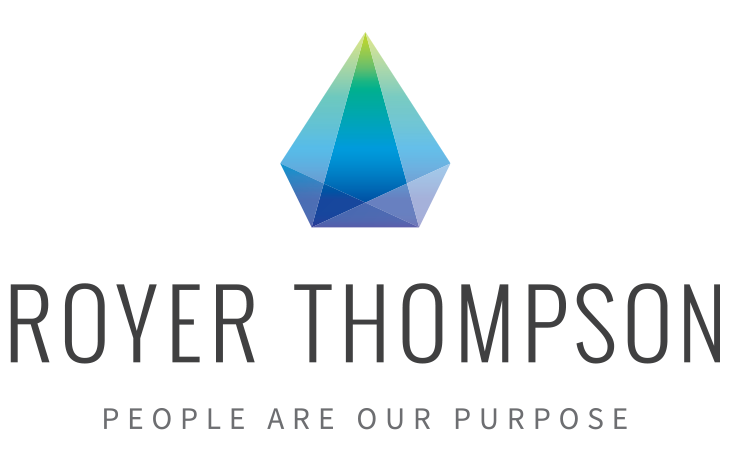
25 May Building Capacity for your Organization of the Future
With pending retirements, succession planning is an imperative for all organizations in Canada. It is also an opportunity for Boards and Executive teams to refresh the organization and bring more diverse and inclusive perspectives into the mix.
Yet there is often an “allergic reaction” to the topic of succession planning. The reaction seems most acute when succession is cast narrowly within the context of identifying and developing new leaders to replace those nearing retirement or exiting a business. A more productive approach may be to think about succession planning as an opportunity to cast a broad net, capturing people you want to stay engaged in and contribute to, and possibly transform, your organization.
While many organizations have a succession document, employees tell us it tends to feel like a paper exercise because there is often no follow-up on development plans for high potential talent. For those not on the list, it can be demoralizing, which is completely at odds with the goal of succession planning. We also hear from employees that leaders sometimes avoid candid conversations about expectations and realistic prospects for advancement. As a result, performance and compensation processes can feel like circular discussions.
A holistic approach to talent management is a remedy for getting beyond check-the-box succession planning. The benefit of this mindset is that it can align with and strengthen the organization’s purpose and culture, anticipate future talent needs and proactively develop a pipeline of people to contribute to the organization.
Succession planning starts with a critical look at the business and imagines where it is going in the future, including a deep understanding of the leadership competencies needed for the organization to be successful long-term.
Typically, organizations identify gaps between the talent in place and the talent required to drive success. One would imagine any talent assessment today would include more focus on digital, artificial intelligence, automation, collaboration, and global capabilities, being transparent on leadership competencies is important to align expectations and foster an enabling culture.
Regular discussions about how people are progressing against their development plans and being creative about how to challenge and develop them gets great results.
It is important to provide leaders at all levels in the organization with the training and skill development they need to be effective in cultivating high potential colleagues. This includes defining processes, technology, tools and other initiatives that support talent development. It means integrating succession planning with other key talent processes such as recruitment, leadership development and cross-functional work experiences.
To ensure succession planning is productive, it is important to follow-up on actions. Otherwise high potentials lose interest and can even become disengaged.
To summarize, here are 10 steps to effective succession planning:
- Imagine the future
- Define leadership competencies
- Define metrics and align compensation
- Assess current talent strengths and gaps
- Identify high potential talent
- Activate capabilities of the talent pool
- Develop career pathing, mentoring, coaching and cross-functional opportunities for all employees not only high potentials
- Design learning and development outcomes to build organizational skills
- Develop a continuous feedback loop
- Test and refine strategy based on feedback
Kim West is the President of Royer Thompson Management and Human Resources Consulting

